Table of Contents
The UNESCO Sites in Poland have resulted from the recognition of 17 cultural and natural landmarks as UNESCO World Heritage Sites in Poland and 5 locations on the Poland UNESCO tentative list. These tourist sites in Poland are acknowledged for their unique and valuable cultural, natural, artistic, and historical significance and are preserved for future generations to enjoy.
In addition to these 17 sites in the Poland UNESCO list, there are many other places to travel to Poland that are being considered for UNESCO recognition. These sites, listed on the tentative list, showcase the rich cultural heritage of the country and are waiting for approval to join the prestigious and famous World Heritage Sites list.
To help visitors discover these remarkable Poland tourist attractions, we have put together an interactive map of the UNESCO sites in Poland.
Poland UNESCO Map
Click markers to show information and photo.
World Heritage Sites in Poland
UNESCO World Heritage Sites in Poland
There is 17 UNESCO World Heritage Site in Poland. All of these three sites are listed under the Cultural category.
- Auschwitz Birkenau(German Nazi Concentration and Extermination Camp)
- Castle of the Teutonic Order in Malbork
- Centennial Hall in Wrocław
- Churches of Peace in Jawor and Świdnica
- Historic Centre of Kraków
- Historic Centre of Warsaw
- Kalwaria Zebrzydowska: the Mannerist Architectural and Park Landscape Complex and Pilgrimage Park
- Krzemionki Prehistoric Striped Flint Mining Region
- Medieval Town of Toruń
- Muskauer Park / Park Mużakowski
- Old City of Zamość
- Tarnowskie Góry Lead-Silver-Zinc Mine and its Underground Water Management System
- Wieliczka and Bochnia Royal Salt Mines
- Wooden Tserkvas of the Carpathian Region in Poland and Ukraine
- Wooden Churches of Southern Małopolska
- Ancient and Primeval Beech Forests of the Carpathians and Other Regions of Europe
- Białowieża Forest
UNESCO World Heritage Sites in Poland are protected locations for their cultural and natural importance.
Auschwitz Birkenau
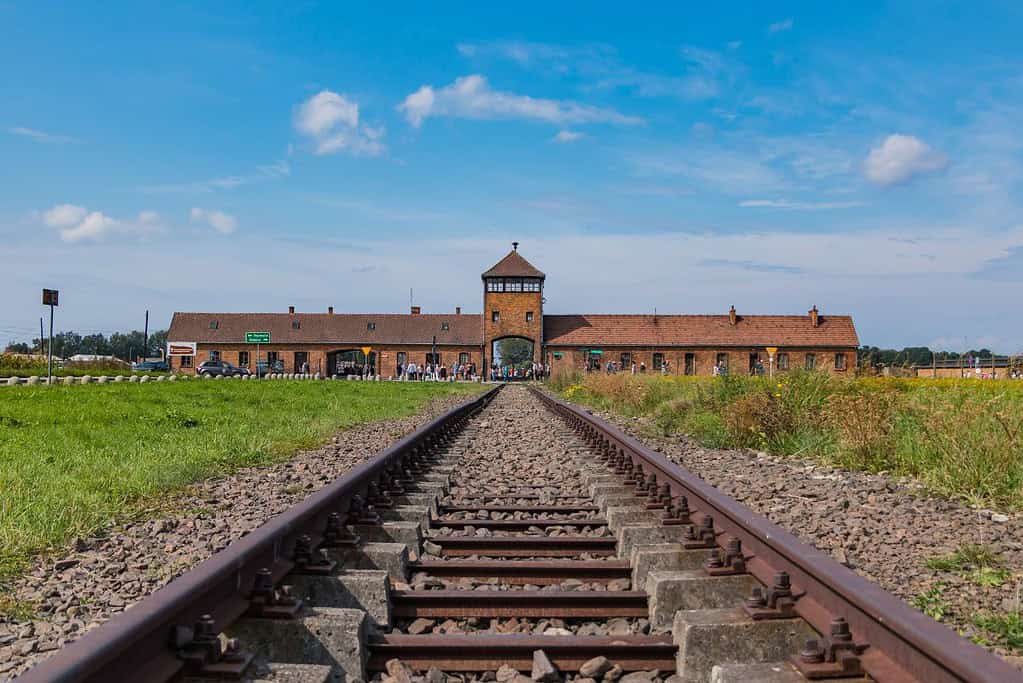
Auschwitz Birkenau, located in Poland, is a UNESCO World Heritage Site that serves as a poignant reminder of the atrocities committed during the Holocaust. It was the largest Nazi concentration and extermination camp, where millions of innocent lives were brutally taken. The site preserves the original buildings, gas chambers, and crematoria, bearing witness to the unimaginable suffering endured by countless victims. Auschwitz Birkenau stands as a solemn memorial, urging visitors to reflect on the darkest chapter in human history and strive for a future rooted in tolerance, compassion, and respect.
Castle of the Teutonic Order in Malbork
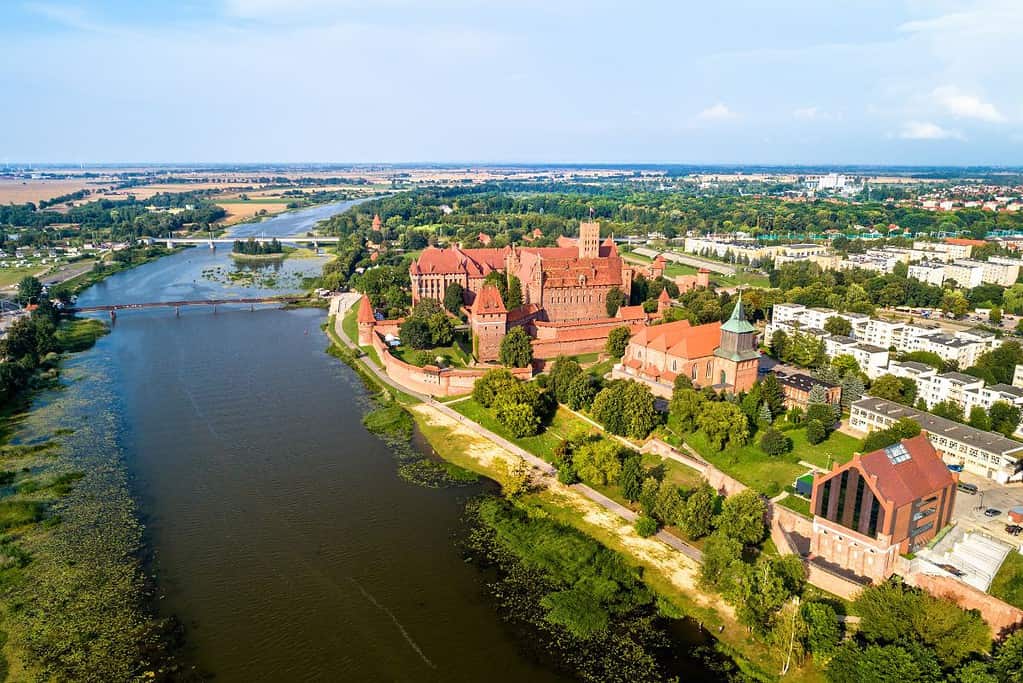
The Castle of the Teutonic Order in Malbork is a UNESCO World Heritage Site in Poland. It is a magnificent medieval fortress that stands as one of the largest brick castles in the world. Initially built by the Teutonic Knights in the 13th century, the castle played a significant role in the medieval history of Europe. Its impressive architectural design showcases the Gothic style, with intricate details and fortified walls. Visitors can explore a vast complex of courtyards, towers, and chambers within its walls, including the Grand Master’s Palace, which showcases rich medieval craftsmanship. The Castle of the Teutonic Order in Malbork is a true testament to the grandeur and power of the Teutonic Knights and is a remarkable symbol of medieval heritage.
Centennial Hall in Wrocław
Centennial Hall, located in Wrocław, Poland, is a UNESCO World Heritage Site. This architectural masterpiece was built in the early 20th century and symbolized innovation and modernity. Designed by the renowned architect Max Berg, the Centennial Hall is an impressive example of reinforced concrete construction and showcases a unique combination of Art Nouveau and structural engineering. The hall’s distinctive dome, supported by a network of steel beams, creates a vast interior space that was revolutionary for its time. Today, Centennial Hall serves as a cultural venue for various events and continues to captivate visitors with its remarkable design and historical significance.
Churches of Peace in Jawor and Świdnica
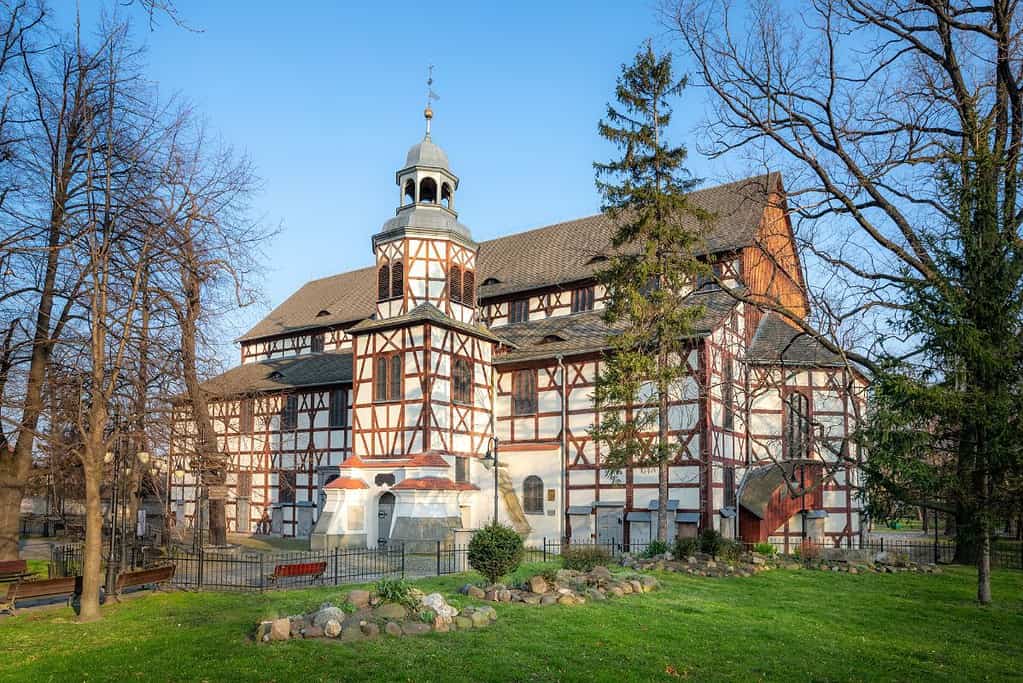
The Churches of Peace in Jawor and Świdnica are UNESCO World Heritage Sites located in Poland. These remarkable churches were built in the 17th century during a time of religious tension in Europe. Despite restrictions on the construction of new churches, the Protestant communities in Jawor and Świdnica were granted permission to build these unique wooden structures. The Churches of Peace are known for their architectural beauty and their symbolic significance as symbols of peace and tolerance. They serve as a testament to the resilience of the Protestant communities during a challenging period in history.
Historic Centre of Kraków
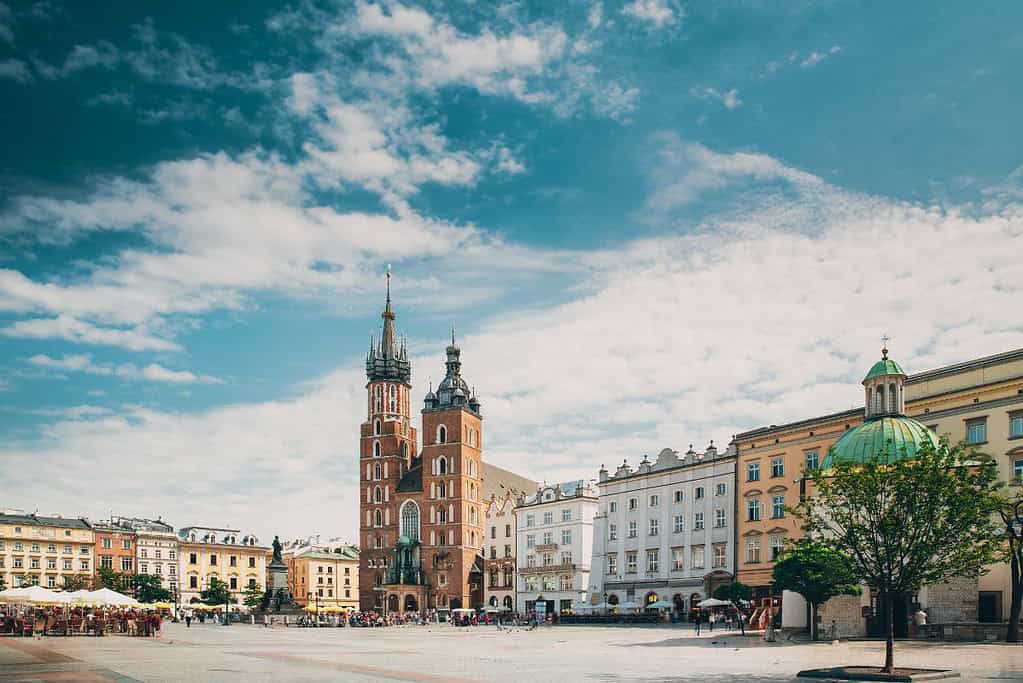
The Historic Centre of Kraków is a UNESCO World Heritage Site located in Poland. It is renowned for its rich history, stunning architecture, and cultural significance. The center is dominated by the magnificent medieval Old Town, with its iconic Market Square, charming cobblestone streets, and impressive Gothic buildings. One of the highlights is the historic Wawel Castle, a symbol of Polish royalty and power. The center also boasts numerous churches, such as the awe-inspiring St. Mary’s Basilica, as well as splendid palaces and townhouses. With its blend of Gothic, Renaissance, and Baroque influences, the Historic Centre of Kraków offers visitors a captivating journey through the city’s past and a vibrant atmosphere that reflects its enduring heritage.
Historic Centre of Warsaw
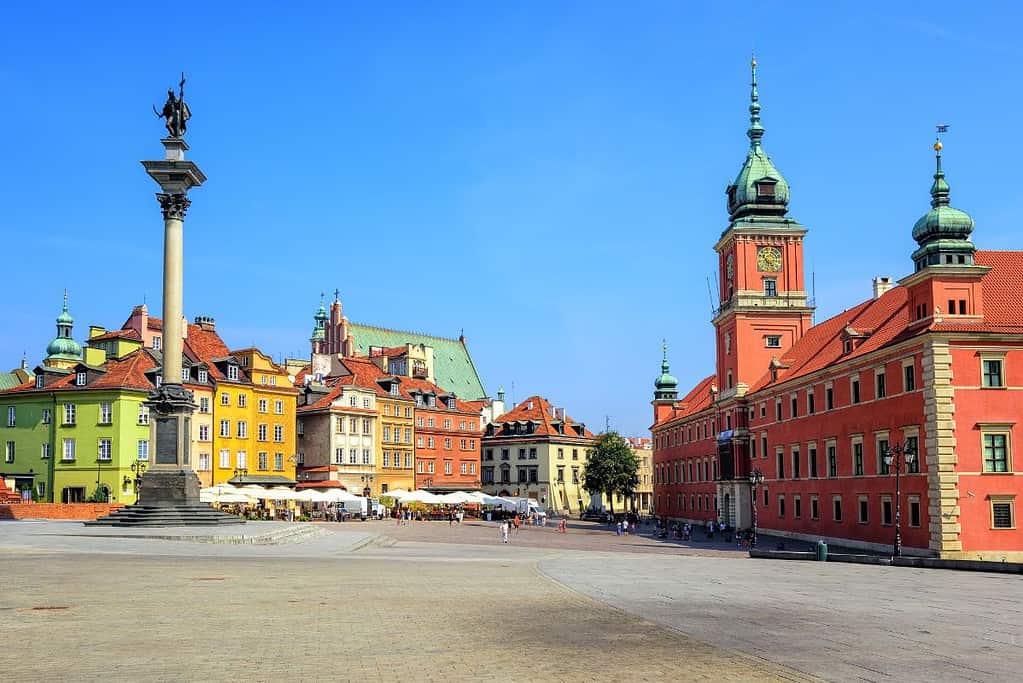
The Historic Centre of Warsaw is a UNESCO World Heritage Site located in the capital city of Poland. It showcases the rich history and cultural heritage of Warsaw. The historic centre is characterized by its meticulously reconstructed buildings, which pay homage to the city’s architectural traditions. The site features impressive landmarks such as the Royal Castle, the Old Town Market Square, and the Barbican. Visitors can wander through the narrow streets, lined with colorful townhouses, and admire the stunning blend of Gothic, Renaissance, and Baroque styles. The Historic Centre of Warsaw stands as a testament to the resilience and determination of the city’s inhabitants in preserving their cultural identity throughout tumultuous times.
Kalwaria Zebrzydowska: the Mannerist Architectural and Park Landscape Complex and Pilgrimage Park
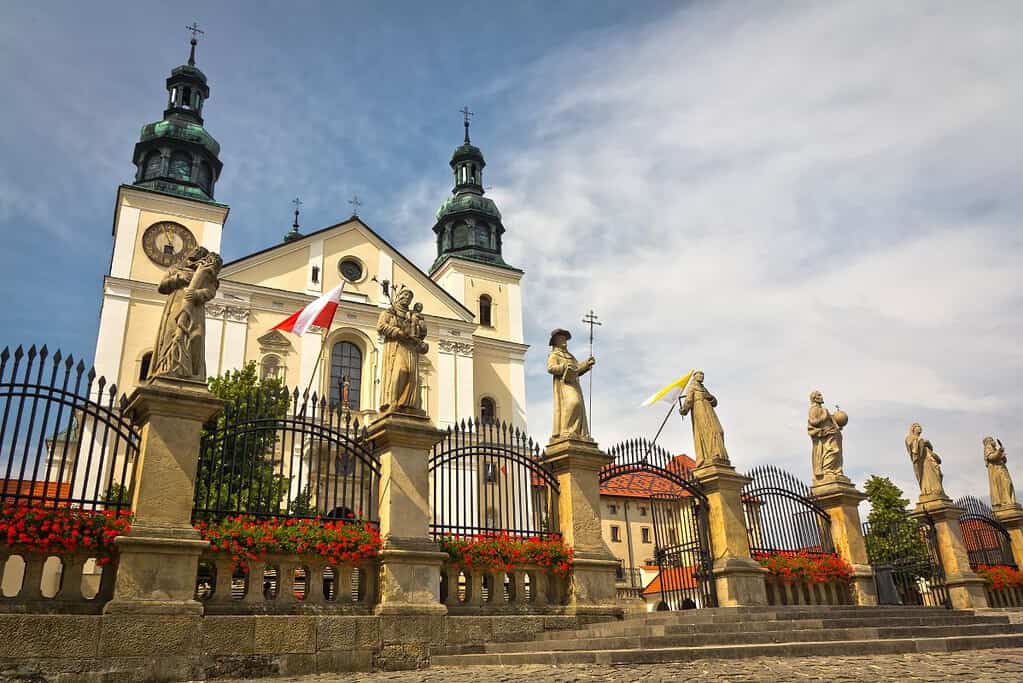
Kalwaria Zebrzydowska is a UNESCO World Heritage Site located in Poland. It is a unique Mannerist architectural and park landscape complex, renowned for its significance as a pilgrimage park. The site encompasses a vast area with picturesque paths, chapels, and churches, all designed to create a spiritual and contemplative atmosphere. Visitors can explore the park’s tranquil beauty while following the Stations of the Cross, a symbolic journey reflecting the Passion of Christ. The harmonious blend of architecture, nature, and religious devotion makes Kalwaria Zebrzydowska a captivating destination for both pilgrims and admirers of historical and cultural heritage.
Krzemionki Prehistoric Striped Flint Mining Region
Krzemionki Prehistoric Striped Flint Mining Region is a UNESCO World Heritage Site located in Poland. It represents an exceptional prehistoric mining and manufacturing site, showcasing the ancient techniques used to extract striped flint for tool production. The site includes underground mines, shafts, workshops, and a network of interconnected tunnels that span over 4,000 years of human history. Krzemionki provides valuable insights into the technological advancements and cultural practices of early communities, offering a fascinating glimpse into the prehistoric world.
Medieval Town of Toruń
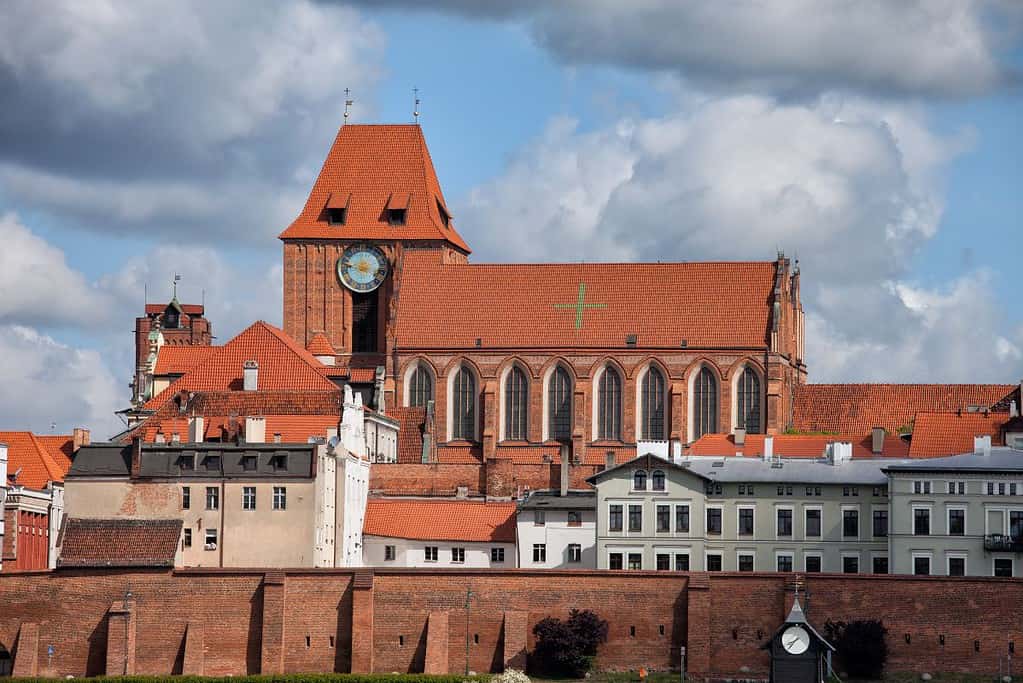
The Medieval Town of Toruń, located in Poland, is a UNESCO World Heritage Site of exceptional historical value. This beautifully preserved town showcases the rich legacy of medieval architecture and urban planning. Toruń’s charming streets are lined with well-preserved Gothic buildings, including the stunning Town Hall and the magnificent Cathedral of St. John the Baptist. The town’s distinctive atmosphere takes visitors on a journey back in time, offering a glimpse into the vibrant cultural and trading hub it once was. With its unique blend of architectural treasures and captivating history, the Medieval Town of Toruń stands as a testament to the enduring legacy of the Middle Ages.
Muskauer Park / Park Mużakowski
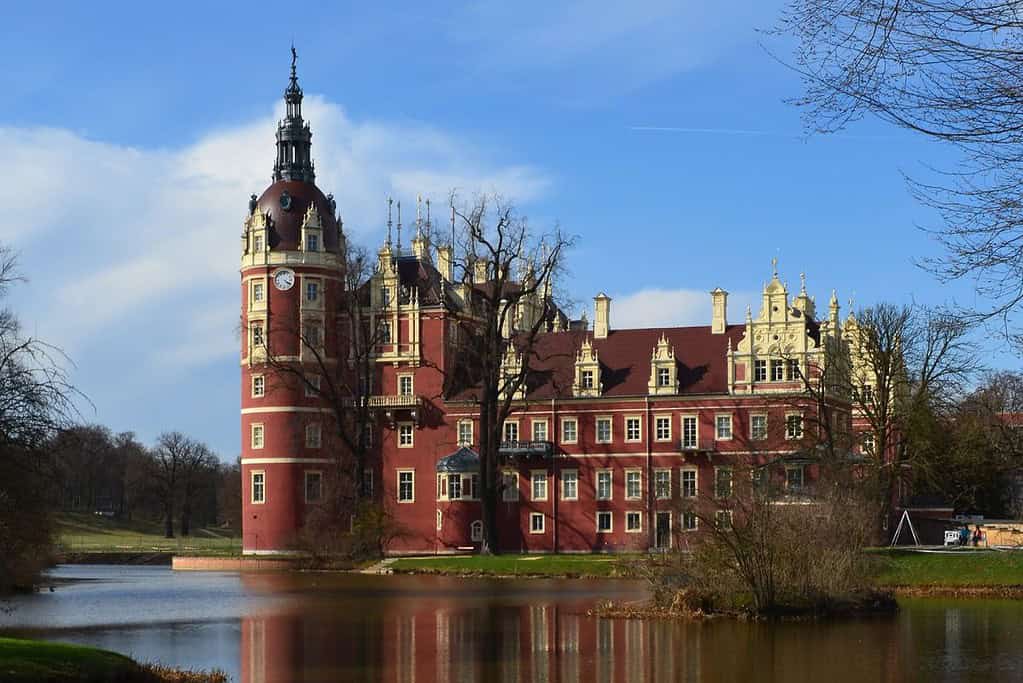
Muskauer Park, also known as Park Mużakowski, is a UNESCO World Heritage Site located on the border between Poland and Germany. This unique park represents a harmonious blend of natural and cultural elements, designed by Prince Hermann von Pückler-Muskau in the 19th century. Spanning over 500 hectares, the park showcases stunning landscape architecture, incorporating both English and continental styles. It features beautifully manicured gardens, intricate pathways, picturesque bridges, and serene lakes. The park serves as a testament to the creativity and vision of its creator, offering visitors a remarkable experience that seamlessly integrates art, nature, and history.
Old City of Zamość
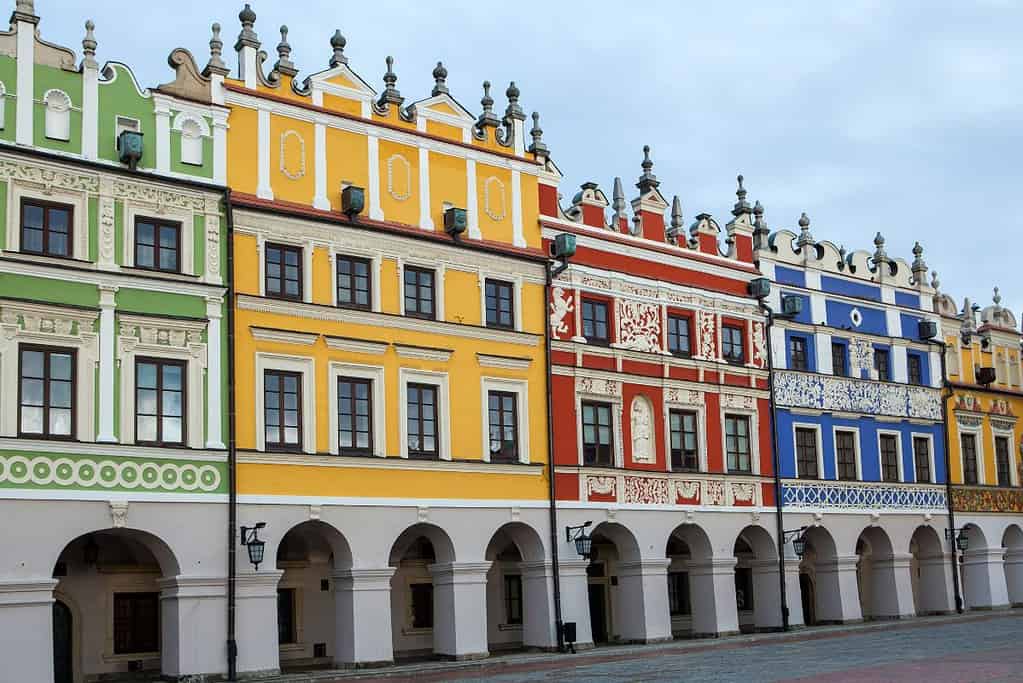
The Old City of Zamość is a UNESCO World Heritage Site located in Poland. It is a remarkable example of a planned Renaissance town, renowned for its architectural and urban unity. Designed in the late 16th century by the Italian architect Bernardo Morando, the city exhibits a harmonious blend of Renaissance and Mannerist styles. The Old City is characterized by its perfectly preserved fortifications, grandiose town hall, elegant merchants’ houses, and a central square known as the Great Market. With its picturesque streets and well-preserved historical buildings, the Old City of Zamość offers visitors a glimpse into Poland’s rich cultural heritage.
Tarnowskie Góry Lead-Silver-Zinc Mine and its Underground Water Management System
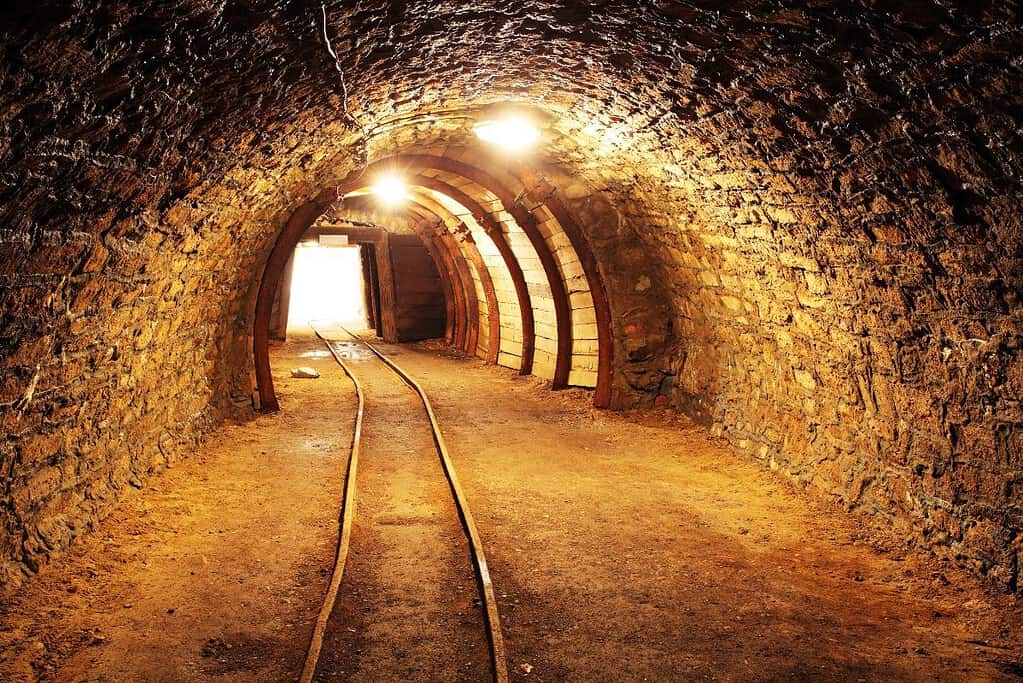
The Tarnowskie Góry Lead-Silver-Zinc Mine and its Underground Water Management System is a UNESCO World Heritage Site located in Tarnowskie Góry, Poland. This historic mine played a significant role in the development of mining technology and the extraction of valuable minerals during the 19th century. The underground water management system, consisting of ingenious drainage tunnels and shafts, showcases the innovative engineering techniques employed to control water levels and ensure safe working conditions within the mine. The site stands as a testament to the rich industrial heritage and technological advancements of the region.
Wieliczka and Bochnia Royal Salt Mines
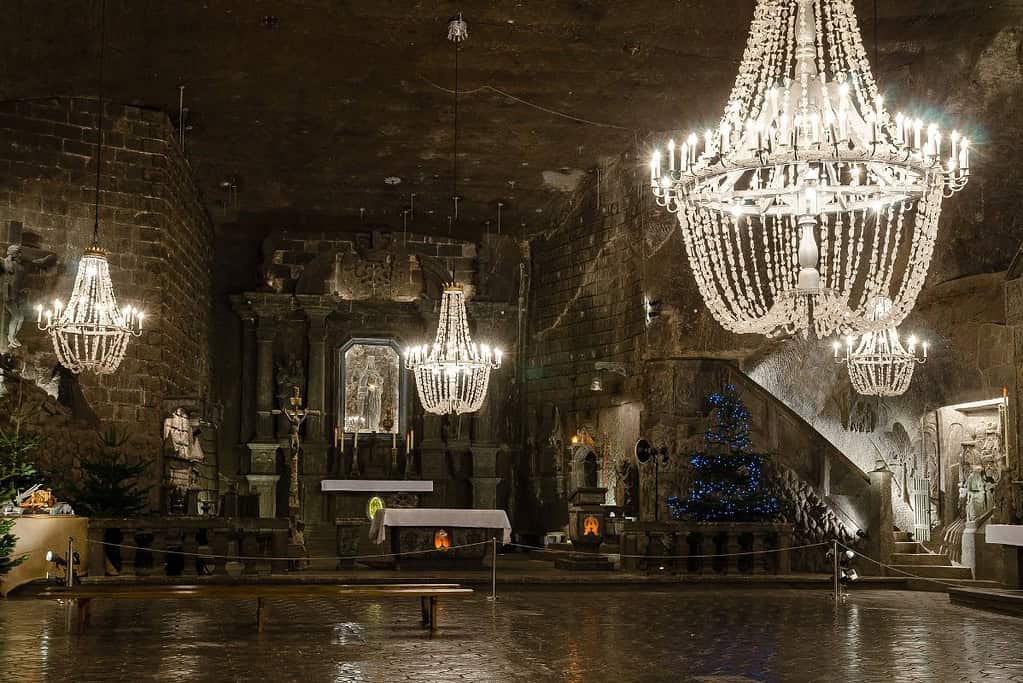
The Wieliczka and Bochnia Royal Salt Mines in Poland are UNESCO World Heritage Sites of great historical and cultural significance. These mines showcase the rich salt mining heritage of the region and provide a unique glimpse into the underground world that has been carved out over centuries. Visitors can explore the intricately carved chambers, stunning salt sculptures, and underground chapels adorned with beautiful salt crystal decorations. The mines also offer insights into the harsh conditions endured by the miners throughout history. These extraordinary sites are a testament to the ingenuity, craftsmanship, and perseverance of generations who contributed to the salt mining industry in Poland.
Wooden Tserkvas of the Carpathian Region in Poland and Ukraine
The Wooden Tserkvas of the Carpathian Region in Poland and Ukraine are a UNESCO World Heritage Site that showcases the unique architectural and cultural heritage of the region. These wooden churches, built between the 16th and 19th centuries, are characterized by their intricate craftsmanship and blend of Eastern Orthodox and local folk traditions. The Tserkvas stand as remarkable examples of religious and artistic expression, featuring stunning wooden structures adorned with colorful paintings and ornate details. They not only serve as places of worship but also as symbols of cultural identity and community cohesion for the local populations. The Wooden Tserkvas of the Carpathian Region stand as a testament to the rich history and traditions of this cross-border area.
Wooden Churches of Southern Małopolska
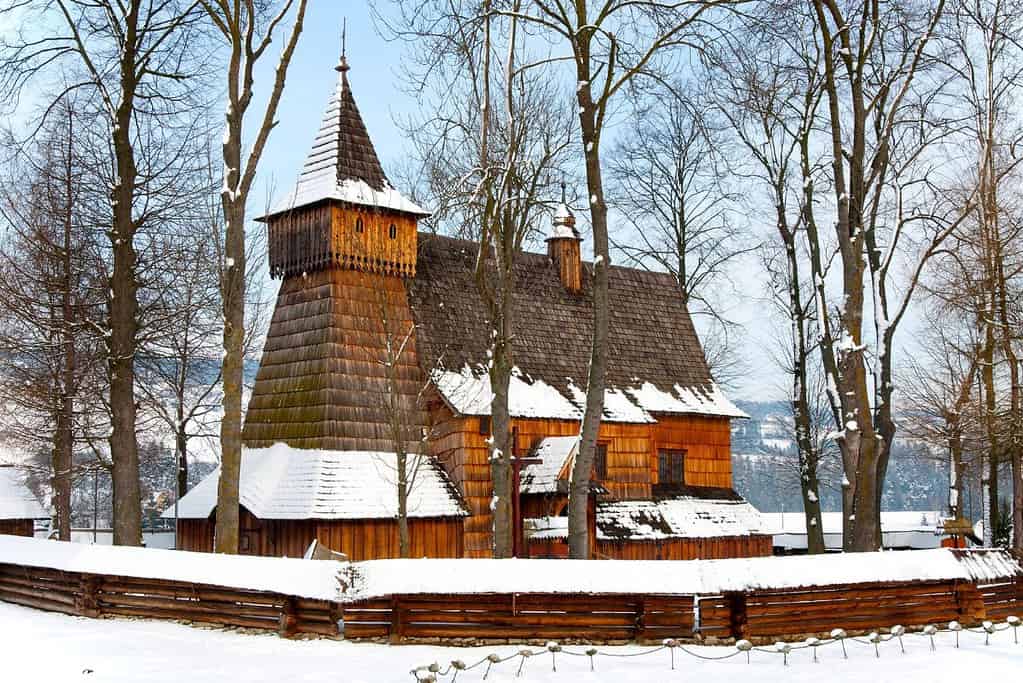
The Wooden Churches of Southern Małopolska is a UNESCO World Heritage Site located in the southern region of Małopolska, Poland. This site comprises a collection of magnificent wooden churches that showcase the unique architectural and artistic traditions of the region. These churches, built between the 15th and 17th centuries, are characterized by their intricate wooden structures, ornate decorations, and traditional craftsmanship. Each church tells a story of religious devotion and cultural heritage, reflecting the rich history and deep spiritual significance of the local communities. The Wooden Churches of Southern Małopolska are not only remarkable examples of wooden architecture but also a testament to the region’s cultural identity and the enduring beauty of Polish heritage.
Ancient and Primeval Beech Forests of the Carpathians and Other Regions of Europe
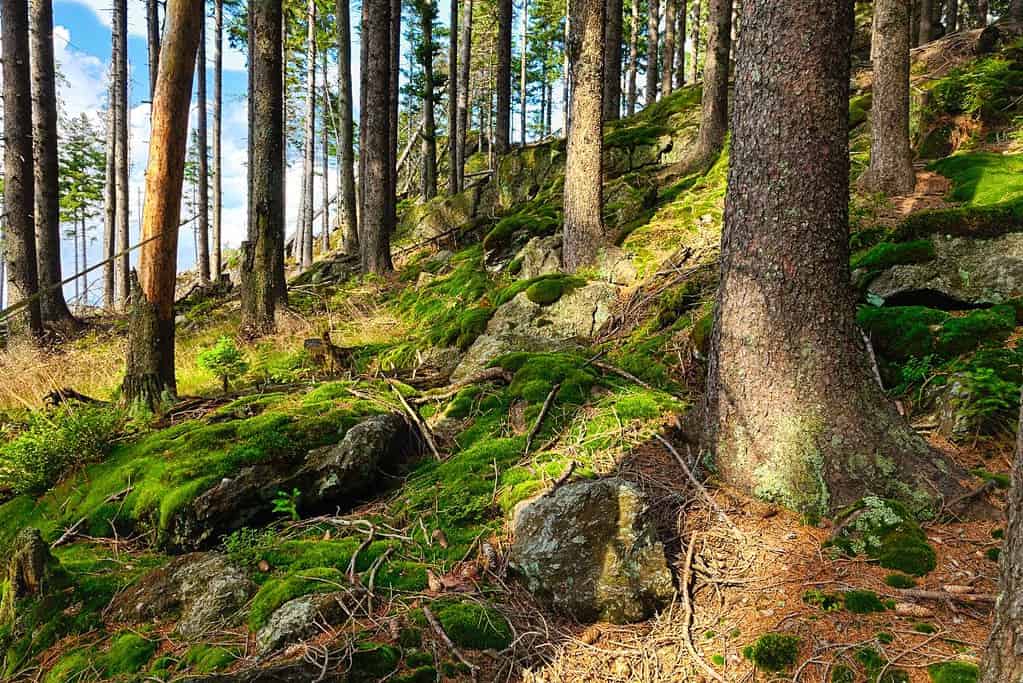
The Ancient and Primeval Beech Forests of the Carpathians and Other Regions of Europe in Poland are a UNESCO World Heritage Site of exceptional natural value. These forests are part of an extensive network that stretches across several countries in Europe. They are home to pristine beech tree ecosystems that have remained largely undisturbed for centuries. The forests offer a glimpse into the primeval landscapes that once covered Europe and provide a habitat for numerous rare and endangered species. The towering beech trees, untouched by human intervention, create a sense of awe and serenity, making it a must-visit destination for nature enthusiasts and conservationists alike.
Białowieża Forest
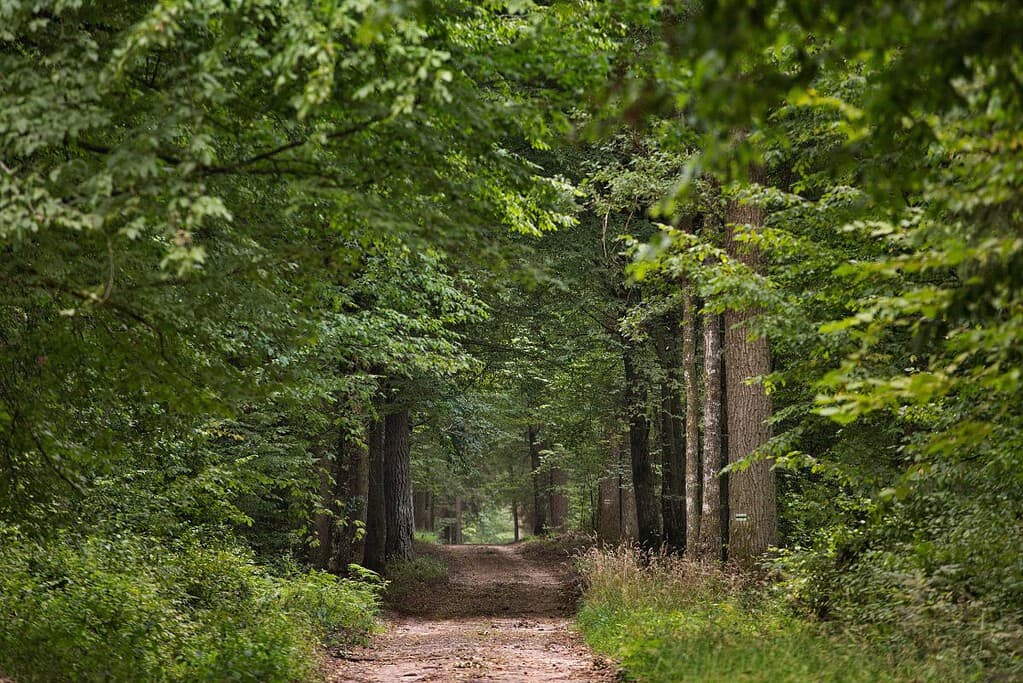
Białowieża Forest is a UNESCO World Heritage Site located on the border between Poland and Belarus. It is one of the last and largest remaining parts of the primeval forest that once covered much of Europe. The forest is renowned for its remarkable biodiversity and is home to the iconic European bison, also known as the wisent. It is a unique ecosystem that has been preserved for centuries, allowing visitors to experience the beauty of untouched nature. The ancient trees, diverse plant life, and abundant wildlife make Białowieża Forest a truly special and significant natural treasure.
Poland UNESCO tentative list
- Gdansk – Town of Memory and Freedom
- The Augustów Canal (Kanal Augustowski)
- The Dunajec River Gorge in the Pieniny Mountains
- Modernist Centre of Gdynia — the example of building an integrated community
- Paper Mill in Duszniki-Zdrój
Tours in Poland
Our choices of tours in Poland are divided into thematic features such as Warsaw, Kraków, and Wrocław Experience.
